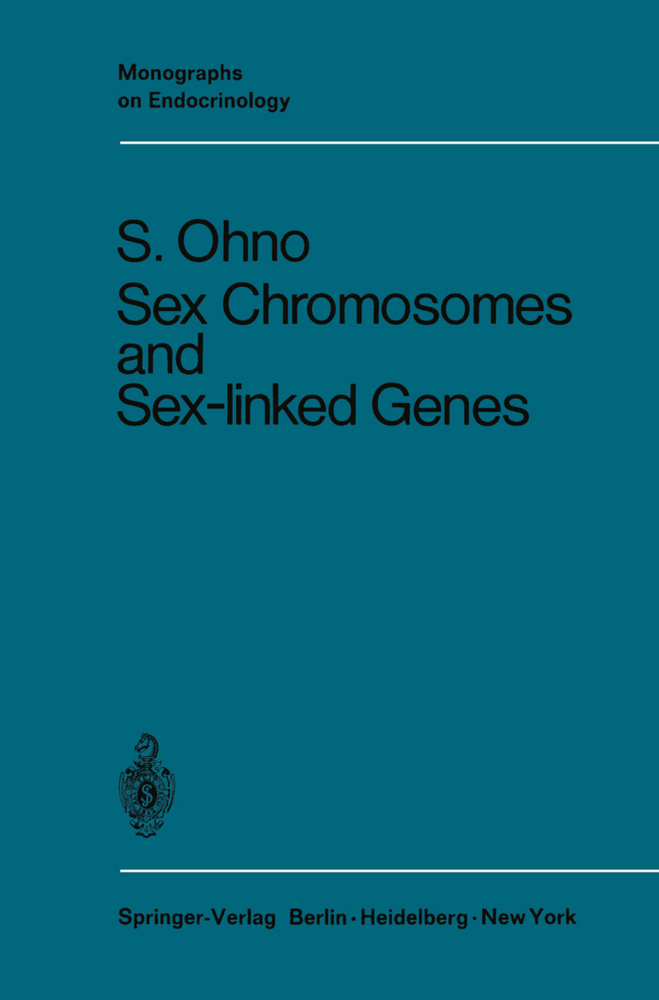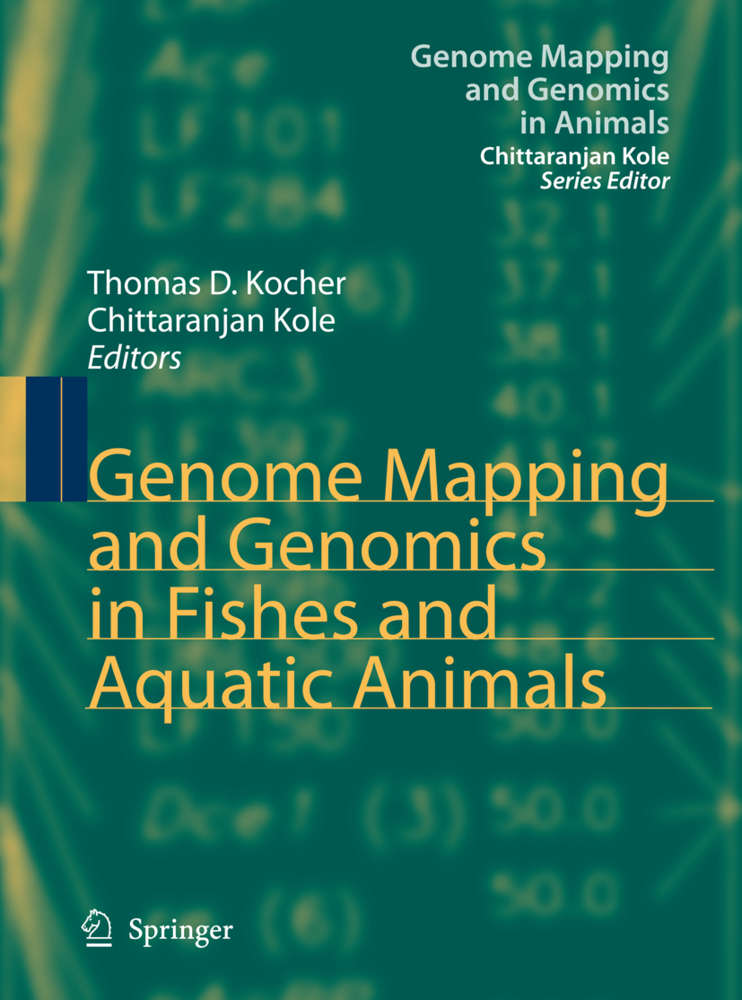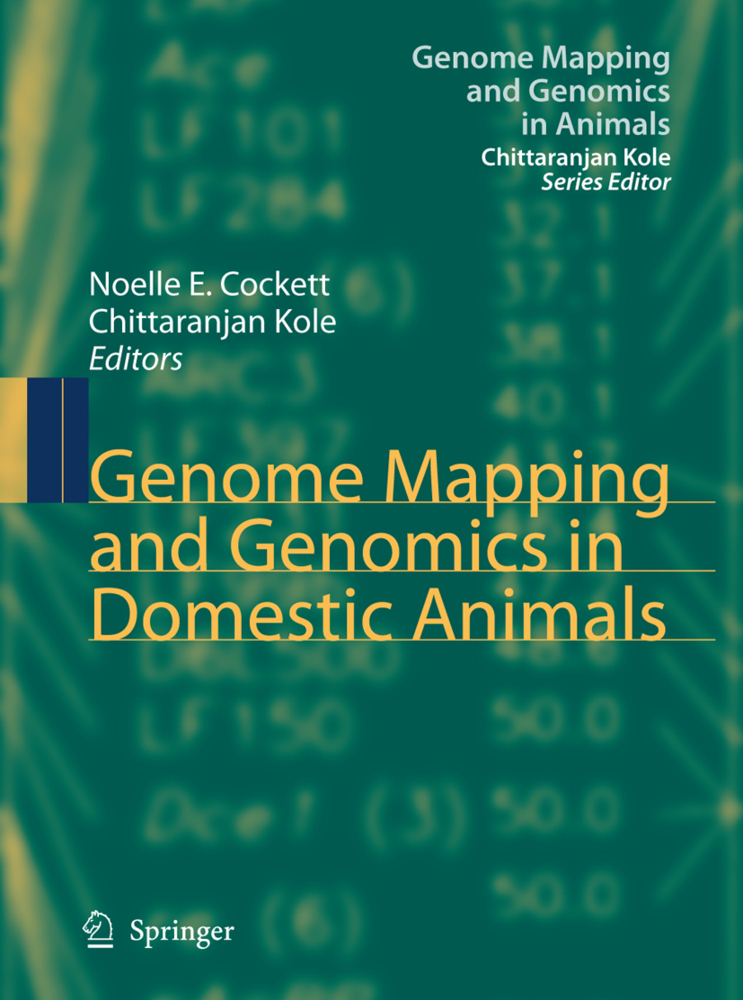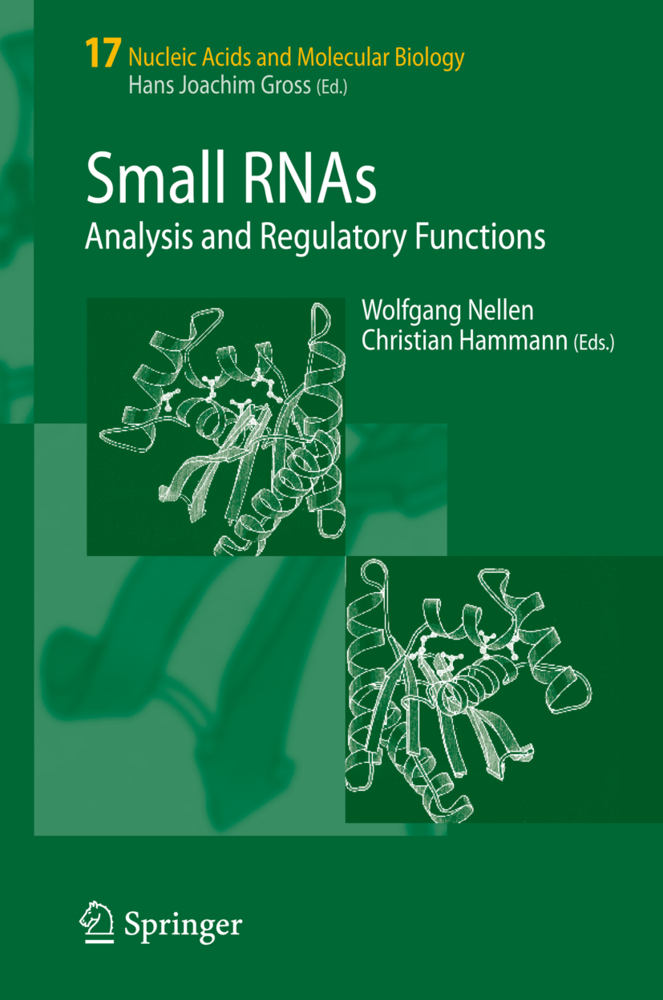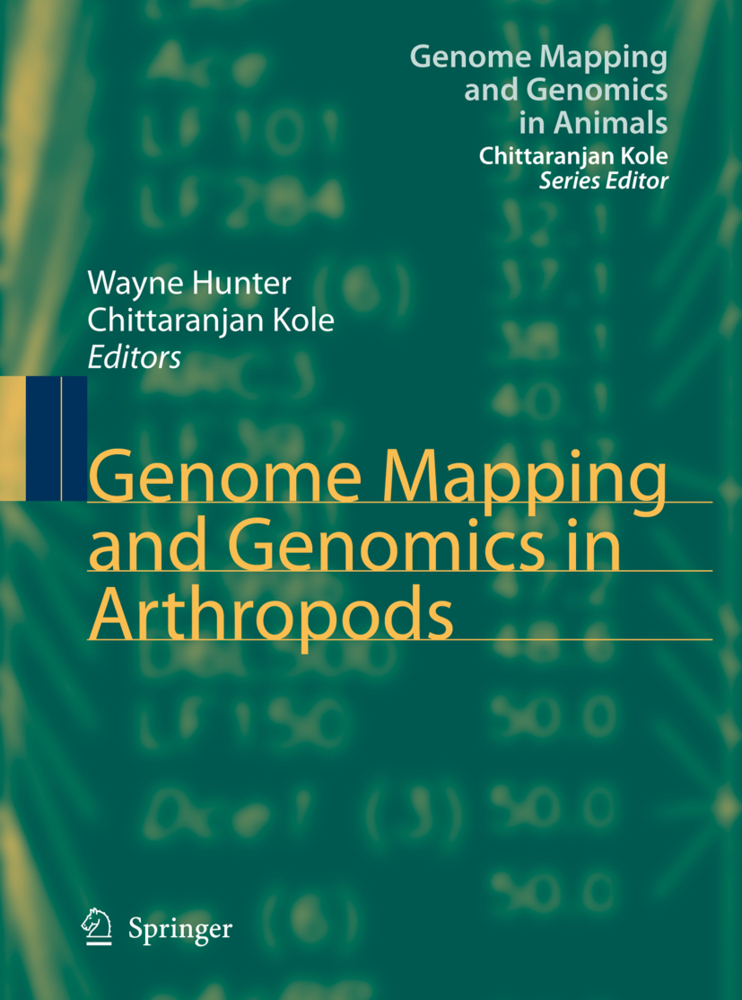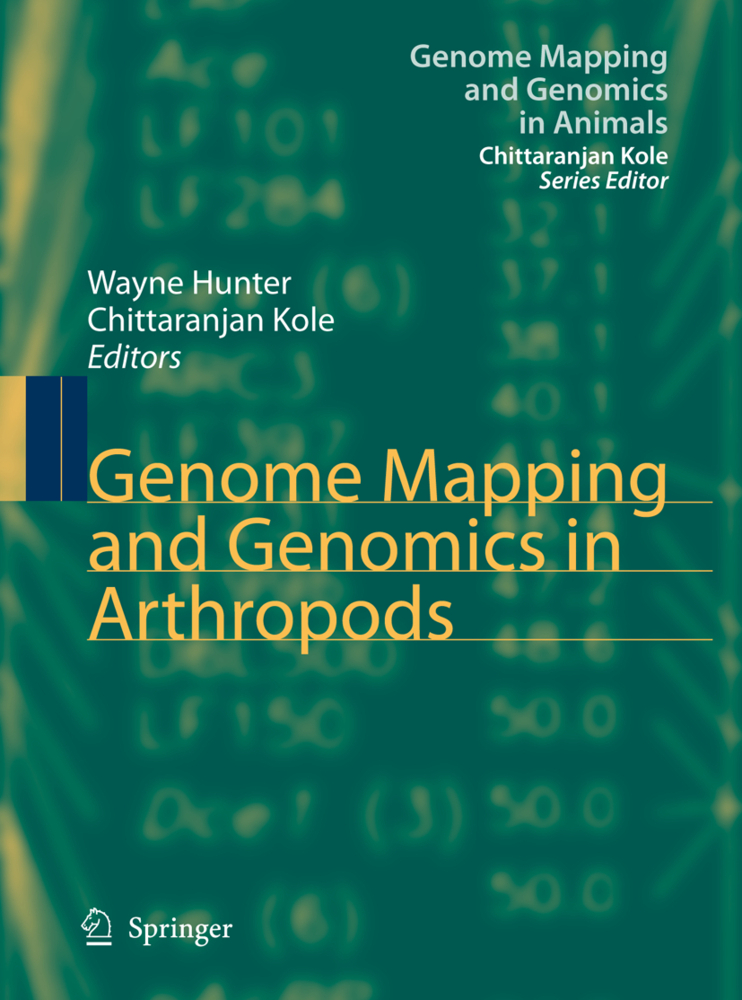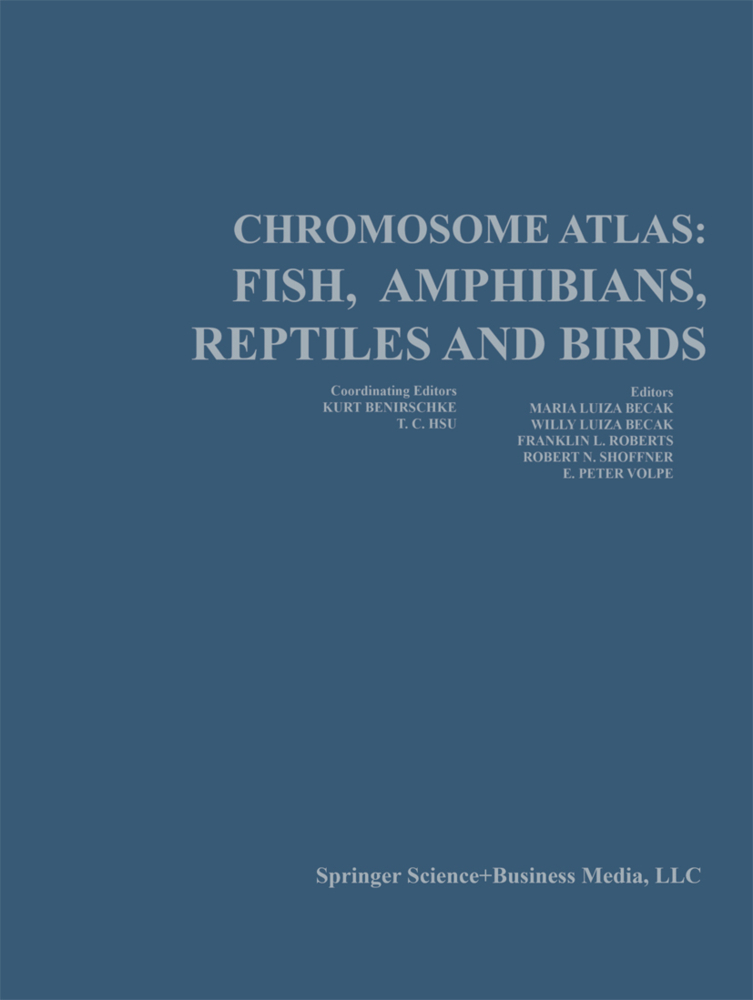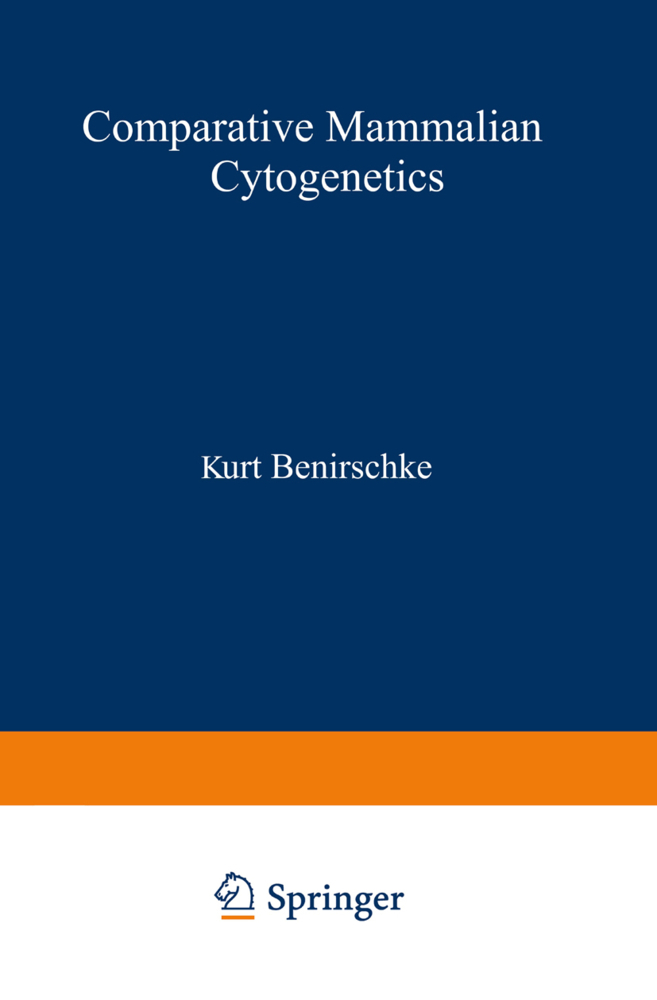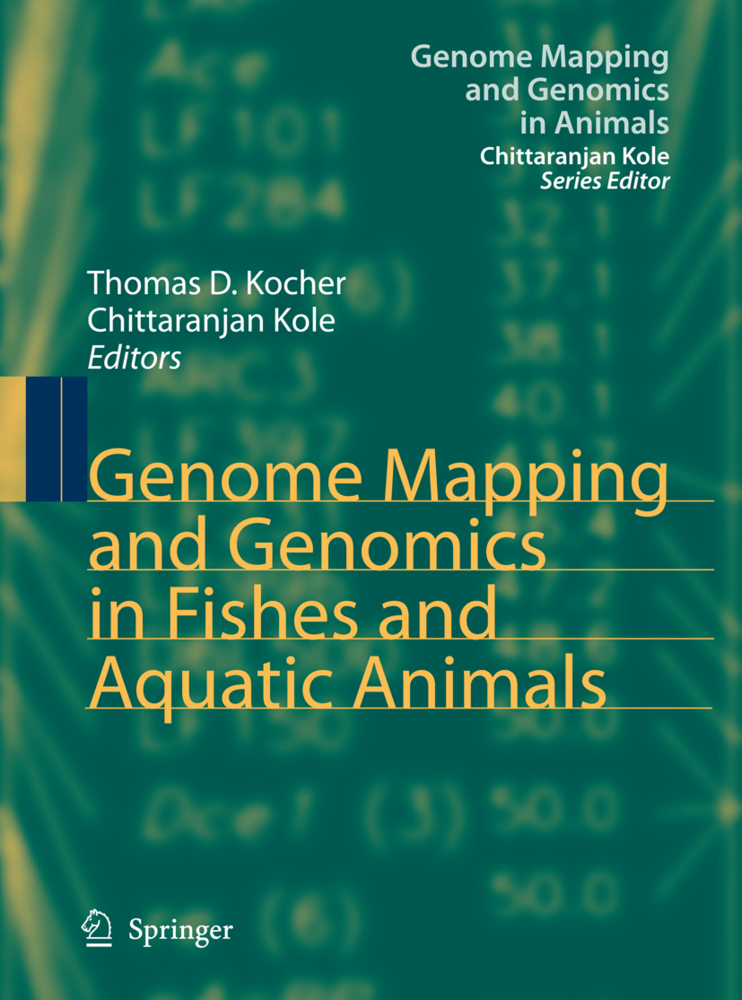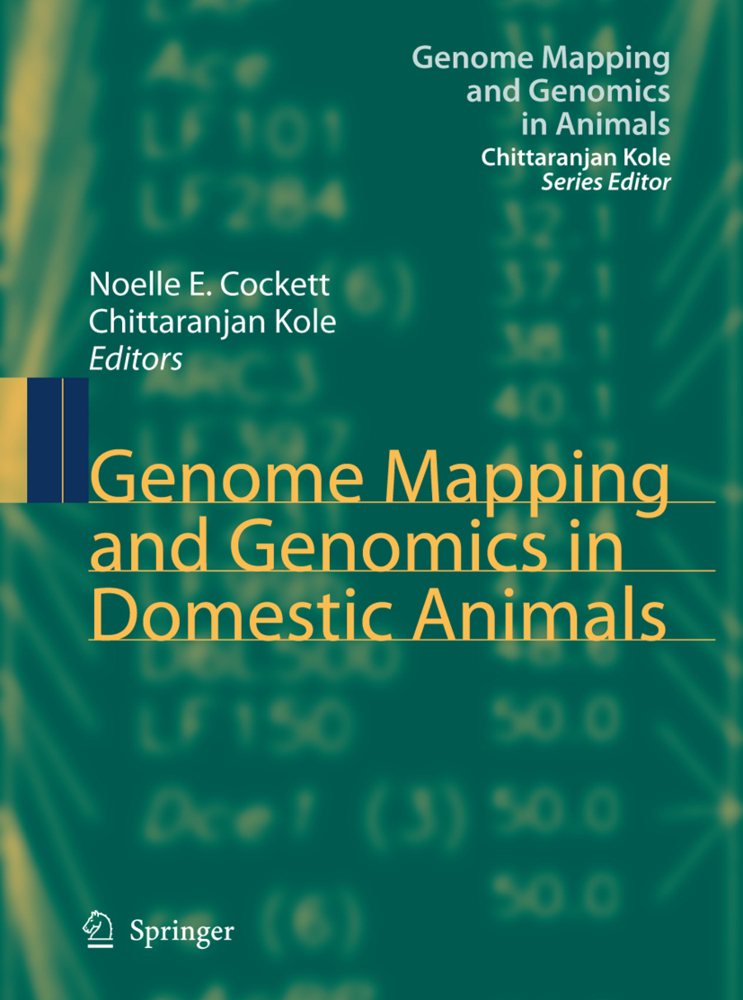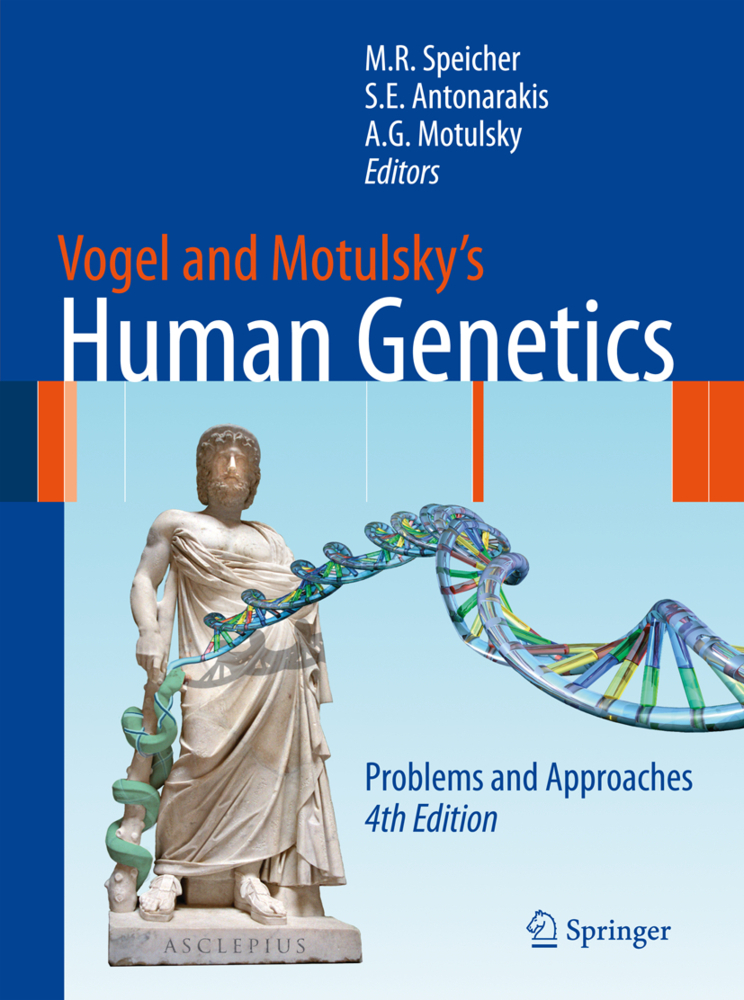Sex Chromosomes and Sex-Linked Genes
Sex Chromosomes and Sex-Linked Genes
Natural selection operates among individual organisms which differ in their genetic constitution. The degree of hereditary variability within a species is greatly enhanced by cross-fertilization. Indeed, the mechanism of sexual reproduction occurred very early in evolution, for it is seen today even in bacteria. In Escherichia coli, fertilization occurs by passage of the single chromosome from the male into the female bacterium (LEDERBERG, 1959). In multicellular organisms, the separation of germ from soma, and the production of haploid gametes became mandatory. The gametes were of two types. One, extremely mobile, was designed to seek out and penetrate the other, which loaded with nutrients, received the mobile gamete and intiated the development of a new individual. The foundation for true bisexuality was thus laid. In the primitive state of bisexuality, whether an individual is to be a sperm-producing male or an egg-producing female appears to be decided rather haphazardly. In the worm, Banelia viridis, the minute males are parasites in the female. Larvae that become attached to the proboscis of an adult female become males, while unattached larvae sink to the bottom and become females (BALTZER, 1935). The more sophisticated state of bisexuality was initiated by setting aside a particular pair of chromosomes for specialization and making either the male or the female a heterogametic sex. Sex chromosomes as we know them were thus born.
2 Differentiation of the Primitive Sex Elements at the Expense of the Y or W, and the Conservation of the Original X or Z
3 Polyphyletic Evolution of Vertebrates
4 Conservation of the Original X and Homology of the X-linked Genes in Placental Mammals
5 Conservation of the Original Z-Chromosome by Diverse Avian Species and Homology of the Z-linked Genes
II Evolution of Dosage Compensation Mechanism for Sex-linked Genes
6 The Basic Difference in Constitution between the Mammalian X and the Drosophila X
7 The Two Different Means of Achieving Dosage Compensation for X-linked Genes Employed by Drosophila and Mammals
8 Various Consequences of the Dosage Compensation by X-inactivation
9 The Conservation of the Original X and Dosage Compensation in the Face of X-polysomy
10 Three Different Consequences of X-autosome Translocation
11 The Consequences of Y-autosome Translocation and the XO as the Normal Female of Certain Mammalian Species
12 Apparent Absence of Dosage Compensation for Z-linked Genes of Avian Species
III On So-called Sex Determining Factors and the Act of Sex Determination
13 Elucidation of So-called Sex-determining Factors
14 Time and Place of Action of Sex-determining Factors in Ontogeny
Author Index.
I Evolution of Vertebrate Sex Chromosomes and Genomes
1 Evidence Indicating that the X and the Y or the Z and the W were Originally an Homologous Pair of Ordinary Chromosomes2 Differentiation of the Primitive Sex Elements at the Expense of the Y or W, and the Conservation of the Original X or Z
3 Polyphyletic Evolution of Vertebrates
4 Conservation of the Original X and Homology of the X-linked Genes in Placental Mammals
5 Conservation of the Original Z-Chromosome by Diverse Avian Species and Homology of the Z-linked Genes
II Evolution of Dosage Compensation Mechanism for Sex-linked Genes
6 The Basic Difference in Constitution between the Mammalian X and the Drosophila X
7 The Two Different Means of Achieving Dosage Compensation for X-linked Genes Employed by Drosophila and Mammals
8 Various Consequences of the Dosage Compensation by X-inactivation
9 The Conservation of the Original X and Dosage Compensation in the Face of X-polysomy
10 Three Different Consequences of X-autosome Translocation
11 The Consequences of Y-autosome Translocation and the XO as the Normal Female of Certain Mammalian Species
12 Apparent Absence of Dosage Compensation for Z-linked Genes of Avian Species
III On So-called Sex Determining Factors and the Act of Sex Determination
13 Elucidation of So-called Sex-determining Factors
14 Time and Place of Action of Sex-determining Factors in Ontogeny
Author Index.
Ohno, Susumu
| ISBN | 978-3-642-88180-0 |
|---|---|
| Artikelnummer | 9783642881800 |
| Medientyp | Buch |
| Copyrightjahr | 2012 |
| Verlag | Springer, Berlin |
| Umfang | X, 192 Seiten |
| Abbildungen | X, 192 p. 68 illus. |
| Sprache | Englisch |

